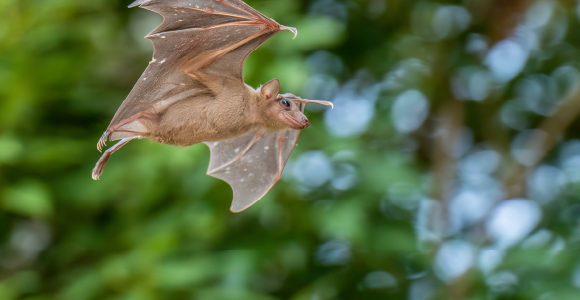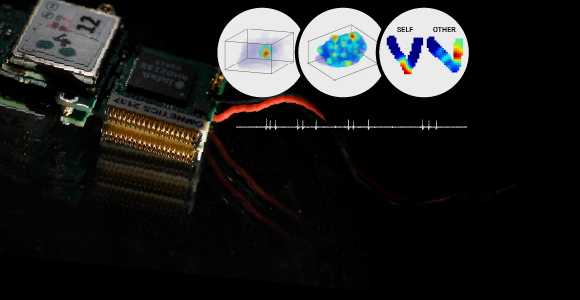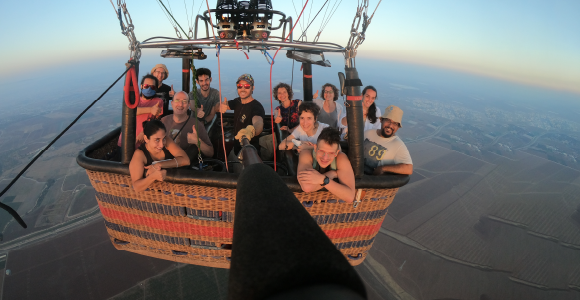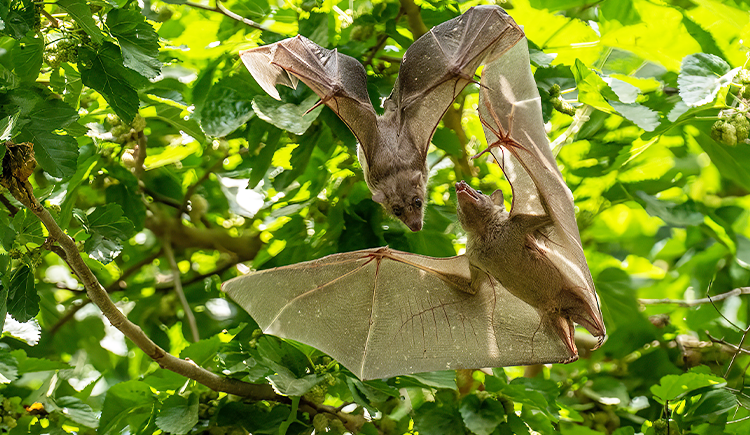Palgi S., Ray S., Maimon S. R., Waserman Y., Ben-Ari L., Eliav T., Tuval A., Cohen C., Ali A. I., Keyyu J. D., Mouritsen H., Las L. & Ulanovsky N. (2025) Science 390, eadw6202
Research Philosophy
The research in our lab focuses on the neural basis of natural behaviors. We aim to uncover general principles of mammalian brain function, by capitalizing on the unique behaviors of bats – a novel animal model that we pioneered. Our general approach is to utilize the advantages that bats afford – their outstanding navigation, 3D flight, fast movement, their temporally-discrete sensory system (sonar) and excellent vision, and their high sociality – in order to ask general questions in systems neuroscience, behavioral neuroscience, social neuroscience, and neuroethology; particularly questions that are difficult to address in rodents.
We study the hippocampal formation and prefrontal cortex, and we ask: What are the neural codes that underlie complex natural behaviors such as navigation and sociality? To pursue these questions, we develop world-unique neural loggers – tiny wireless devices, which enable recording > 100 neurons simultaneously from the bat's brain during flight and social interactions. Our study species, Egyptian fruit bats, are easy to work with, and are excellent navigators and highly-social mammals – making them a great model organism for behavioral neuroscience, learning & memory, and social neuroscience of animal groups. We have several world-unique experimental facilities: 700-meter long tunnel, 60x35-meter flight maze, 3D flight-rooms, and social rooms. We also perform neural recordings outdoors in bats flying on a remote oceanic island.
Our long-term vision is to develop a "Natural Neuroscience" approach for studying the neural basis of behavior – tapping into the animal's natural behaviors in complex, large-scale, naturalistic settings – while not compromising on rigorous experimental control. We firmly believe that pursuing such an approach will lead to novel and surprising insights about the brain.
Positions Available
We are looking for outstanding, highly motivated students and postdocs who are interested in behavioral neuroscience and systems neuroscience. Students in the lab come from a variety of academic backgrounds, including Neuroscience, Biology, Psychology, Physics, Mathematics, and Engineering. We love these diverse perspectives! We often combine experimental and theoretical / computational approaches to investigate key questions in systems and behavioral neuroscience.













